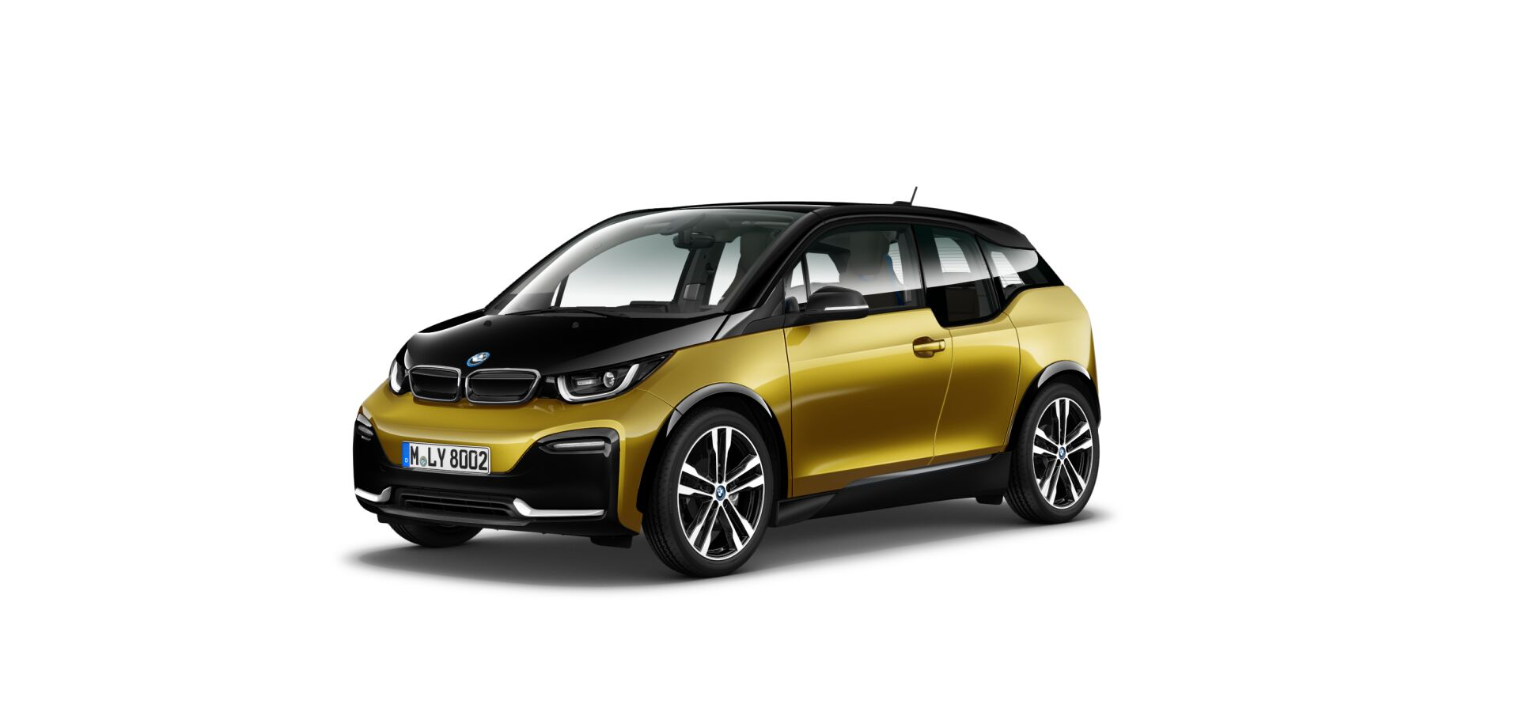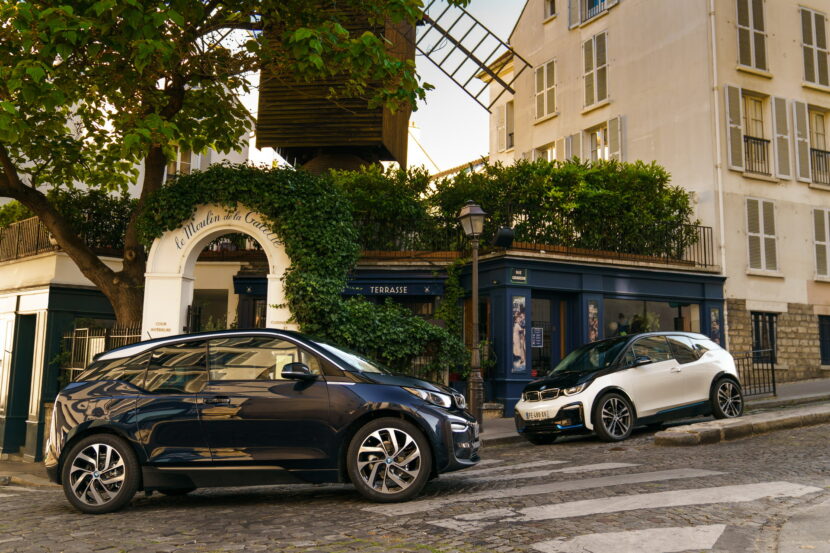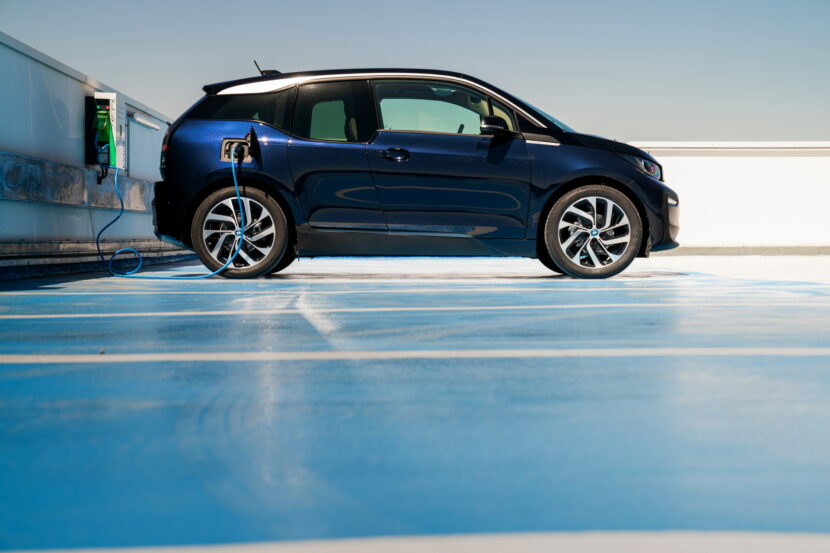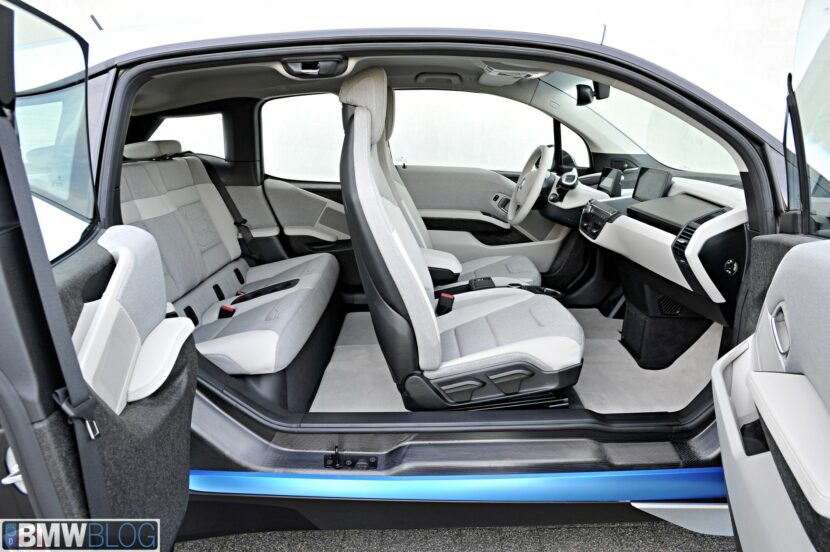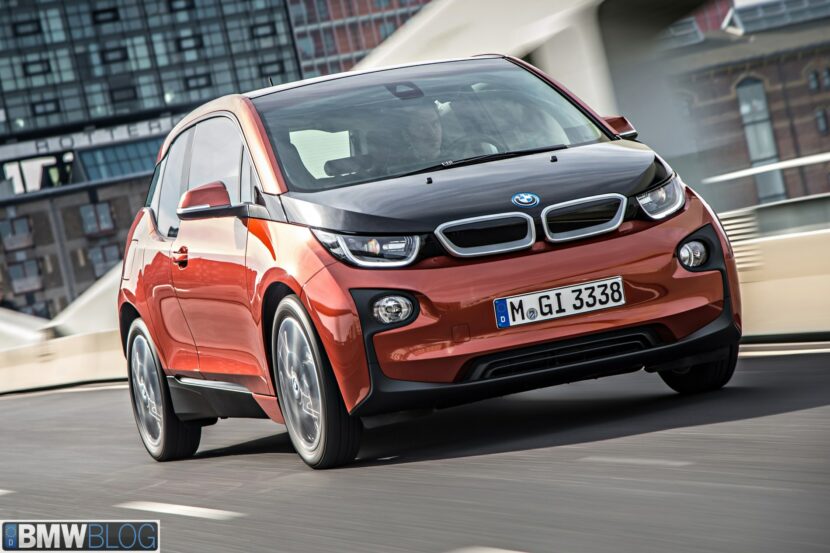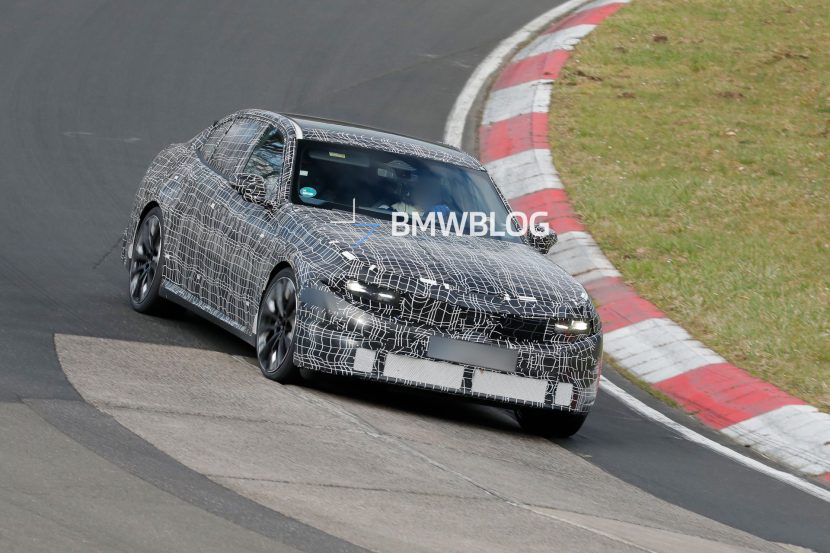Even when the BMW i3 was new, it was sort of behind the times, in terms of range, power, efficiency, and cabin technology. Since it only received small upgrades over the years, it never really did catch up with its competition. It seemed like especially poor value when you saw its high price tag.
Now that the BMW i3 is an older car, you can find one for surprisingly cheap. And now that it’s cheap, it’s a much more attractive value proposition. Even with its low range and subpar cabin tech, its low price makes it an excellent city car or second car for anyone that doesn’t need to regularly drive very far.
Because it’s such a good value now, there are actually a lot of customers buying used ones. So we figured we should put together a bit of a buyer’s guide for used i3s.
2014 – 2015 Models
In 2014, the BMW i3 debuted with a 22.6 kWh battery pack that provided a range of around 80-100 miles. That battery powered a rear-mounted electric motor that made 170 horsepower and 184 lb-ft of torque. A range extender model (REx) was also available, which would use a small gasoline engine to recharge the battery as you drove along. Those early models can be found for under $15,000 in the US, with decent miles, but expect to pay a little bit more for REx models.
2016 – 2018
After just two years of sales, BMW updated the i3’s battery pack to 33 kWh but kept the electric motor the same. That meant a range bump to about 120 miles. Again, a REx model as also offered. However, in 2017, BMW also introduced an i3S, which came with a wider rear track, sportier suspension, and grippier tires. It came with an additional 13 horsepower and 19 lb-ft of torque.
If you want one of those models, you can easily find one in the ‘States for between $15,000-$20,000, depending on mileage. There are plenty of REx models available in that price range as well. Though, if you want the sportier BMW i3S, you’ll have to spend a bit more than $20,000.
2019 and Up
In 2019, BMW updated the i3 yet again, this time giving it a bigger battery but dropping the REx model. The battery jumped up to 42.2 kWh, which bumped range to around 160 miles. If you want one of the newest models, you’ll have to shell out at least $25,000 and prices go up from there, depending on year, mileage, color, and options.
Common Problems
Being a small electric car, there really aren’t a ton of things to go wrong on the BMW i3, at least compared to a traditional combustion car. Still there were things that could go wrong and did for many owners.
Most of the issues with the BMW i3 were electronic. Things like the EME (Electric Motor Electronics), which handles the conversion between AC and DC, for allowing the battery pack to power the electric motor, could fail. During which, the drive system fails and the car is stuck. There was also the KLK (KomfortLadeElektronik) issue, which would cause the i3 to only charge at half speed.
However, the biggest issues came from REx models and their gasoline range extenders. Fuel pump relays, bad injectors, and bad fuel tank pressure sensors would go bad more often than you might think. So it’s worth keeping those issues in mind if you’re deciding between a REx and a BEV (Battery Electric Vehicle) models.
Who Should Buy a Used BMW i3?
This is the most important bit of this buyer’s guide. Who is the customer for a used BMW i3? The answer is anyone that either has a short commute or lives in a big city. If that’s you; or maybe you now work from home; the BMW i3 is a great little second car. It’s the car that can shuttle you around town, on short journeys, without ever ever burning a drop of gasoline. Plus, if you charge at home, you’ll wake up each morning with a “full tank”. For the money, it’s hard to find a better little EV.
Anyone that drives more than 30-40 miles per day shouldn’t buy a used i3. Over time, its already meager range is going to decrease even further and that’s exacerbated by winter. Even the bigger battery models can struggle in cold weather, thus drastically reducing range. If you have a decent commute or just drive more than 40 miles daily and want an electric car, the BMW i3 likely isn’t for you. Also, anyone that has more than one small child might want to reconsider. While the i3 is fine for one kid, it will struggle to fit two children comfortably, with all of their stuff.
What Kind of Car Am I Getting in an i3?
If the BMW i3 works for you; you don’t have a long commute, nor do you have a large family; it’s a great little car to get for the money. It’s small, it’s fun to drive, has one of the most unique interiors in the modern era of the automobile, and sports some really interesting features; such as the rear suicide doors and carbon fiber monocoque chassis. If you’re in the market for a cheap electric car and fit the requirements for the i3, it’s a great buy.


